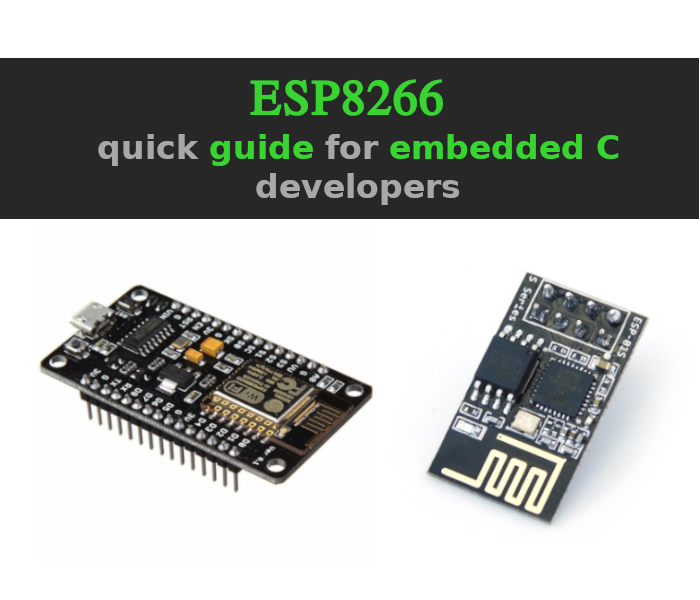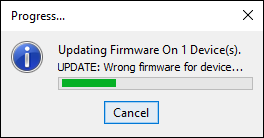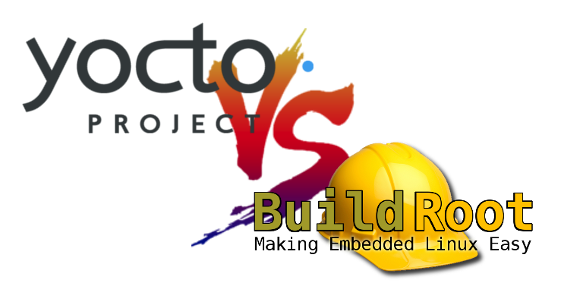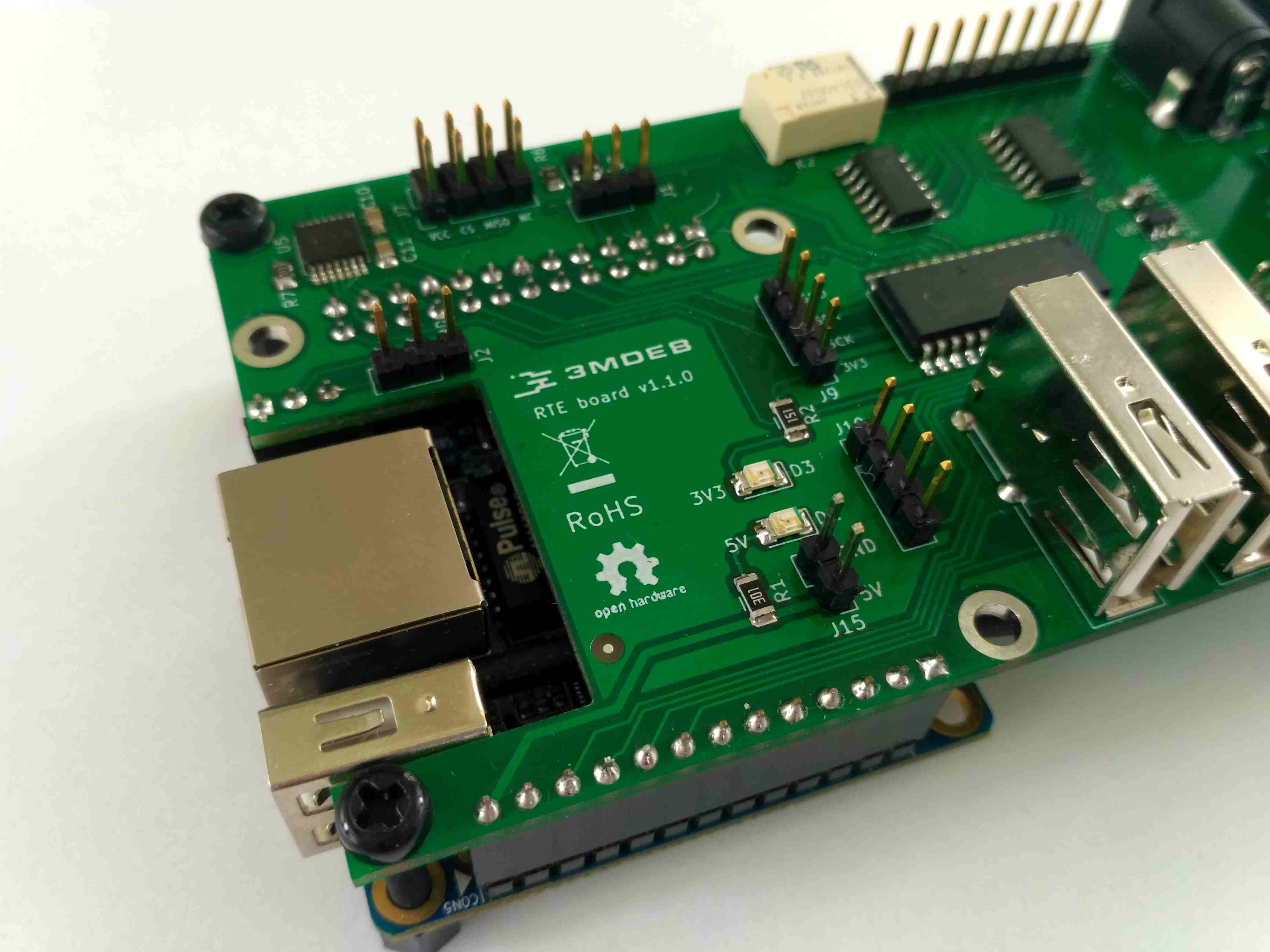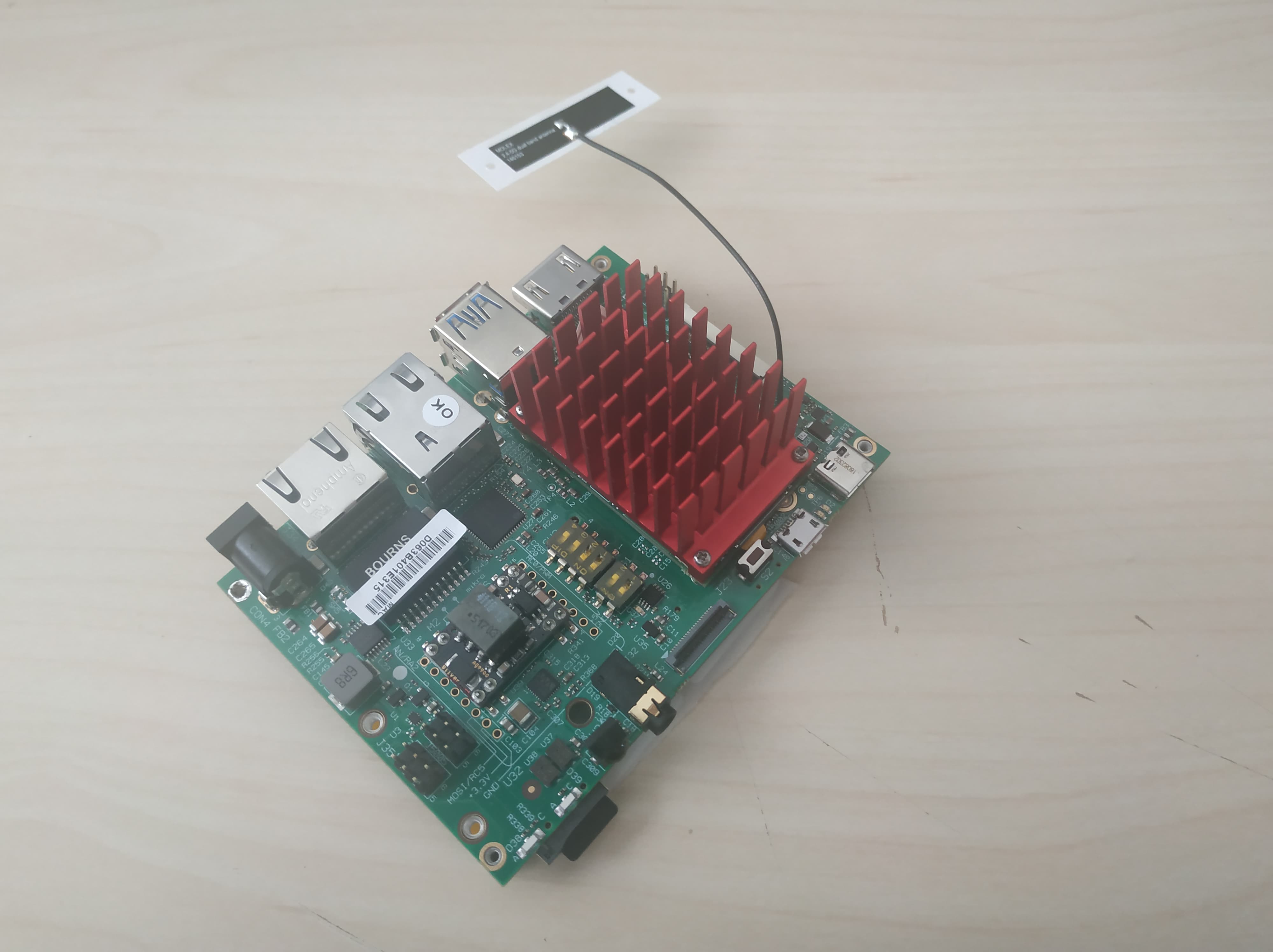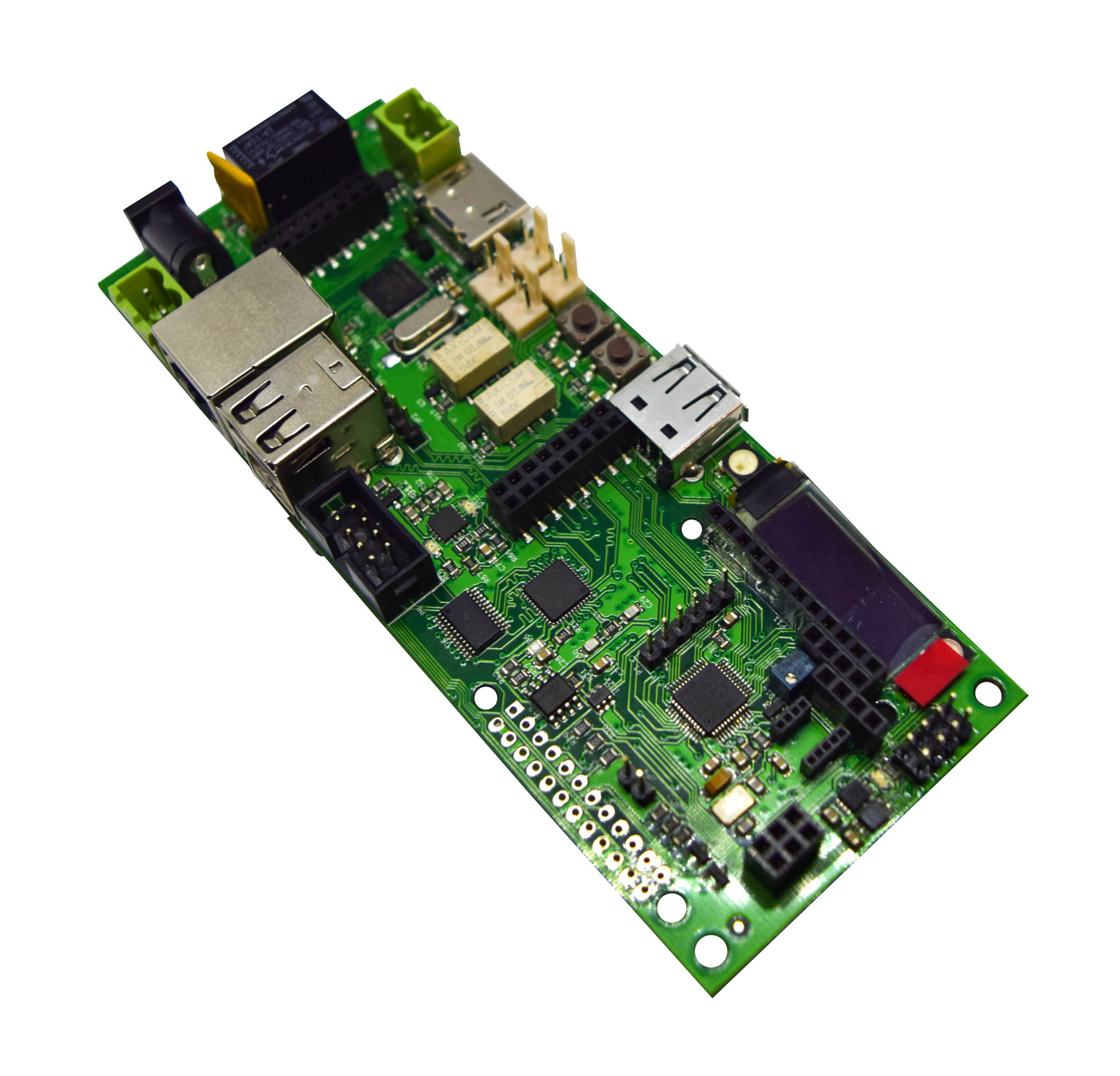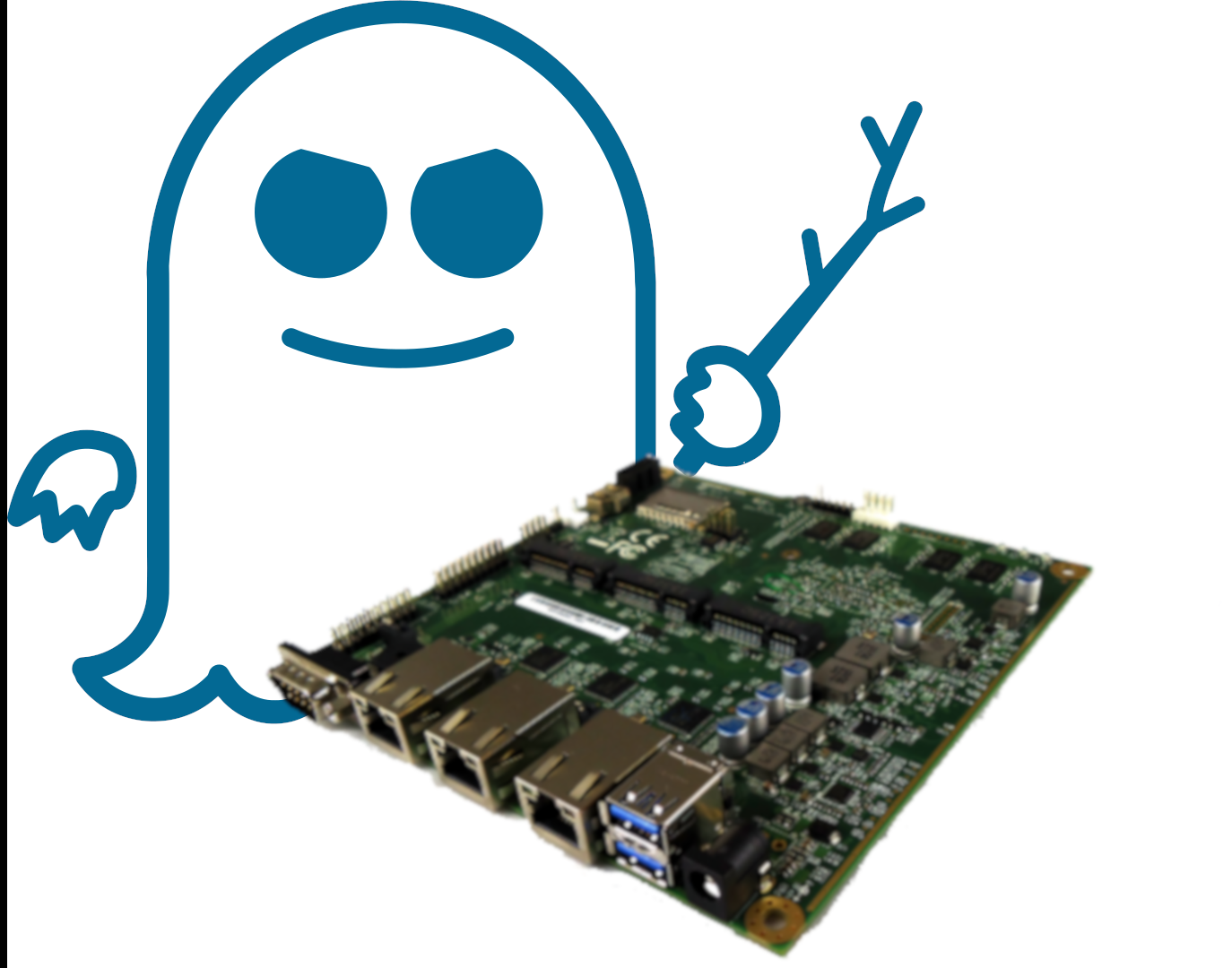How to build an Embedded Systems Consulting business?
Published at September 6, 2019 · Piotr Król · 11 min read

At some point in engineer career we may consider building our own consulting business. In following blog post I share the experience that I gained building 3mdeb Embedded Systems Consulting....
Categories: miscellaneous

